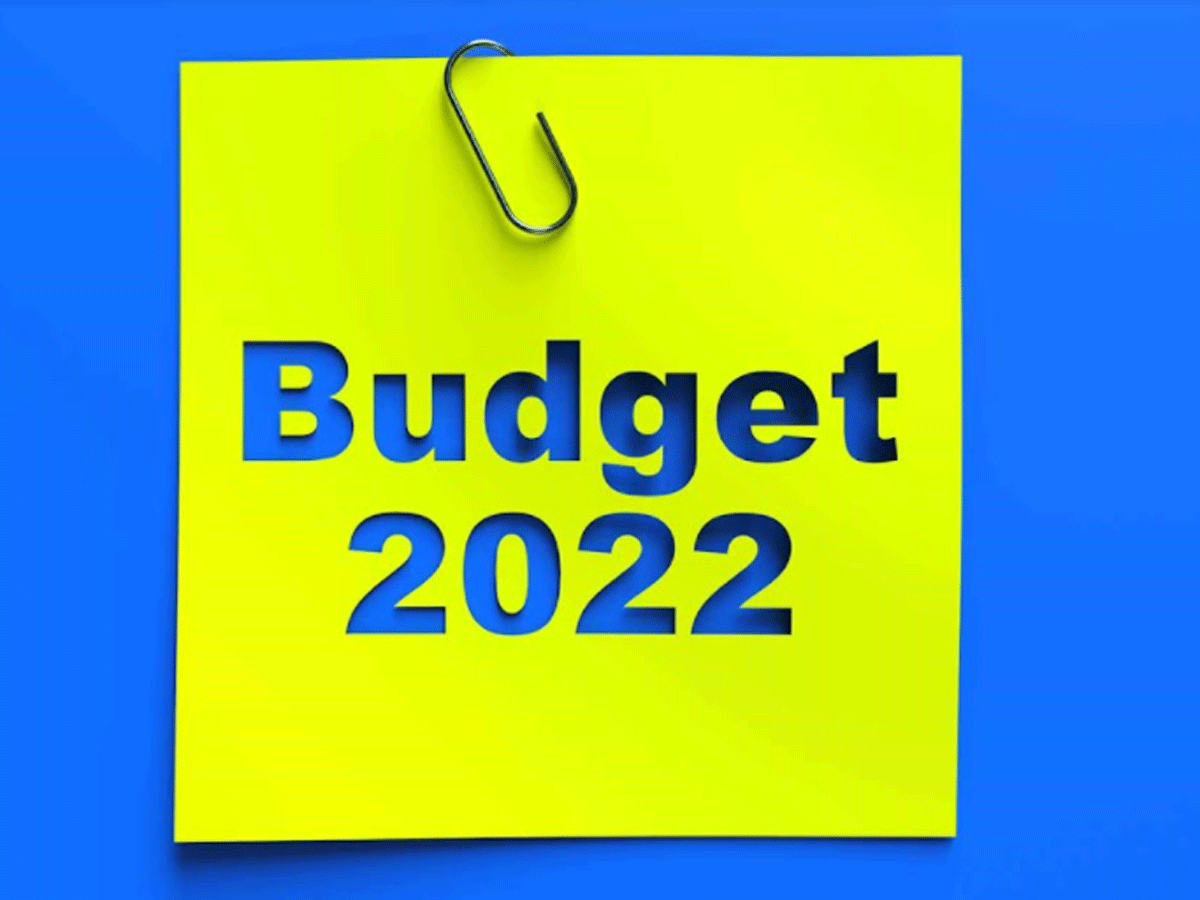India plans to raise spending on infrastructure in its annual budget next week to set the economy on a firmer footing, but fiscal constraints leave little chance of concessions for households hurting from the pandemic, officials said.
Asia’s third largest economy is estimated to expand 9.2% in the fiscal year that ends in March, following a contraction of 7.3% in the previous fiscal year. Yet private consumption, which makes up nearly 55% of GDP, is below pre-pandemic levels amid rising of household debt. While retail prices have swelled nearly a tenth since the coronavirus outbreak began in early 2020.
The Feb. 1 budget comes days before the start of elections in five states, including the most populous, Uttar Pradesh. Which could spur Finance Minister Nirmala Sitharaman to promise higher rural spending and subsidies on food and fertiliser. To attract investments that create jobs and spur growth, Sitharaman could also boost incentives tied to production in more industries and infrastructure .
“Continuing on its capex push, we expect another 25% increase in capital expenditure by the central government … we expect budgetary allocations for roads, highways and railways to rise,” Nomura analyst Sonal Varma said in a note.
Food processing and exports are two areas that could see more production-linked incentives, Varma added. Two senior government officials said no major budget changes were likely on individual and corporate taxes. And in view of rising government debt and subdued private investments.
After the government slashed corporate taxes in 2019 to a level among the lowest in Asian nations. Further tax breaks for industry are unlikely, the officials said. Businessmen and economists worry about growing risks of inflationary pressure, amid rising global crude prices. And the next wave of COVID-19 infections that experts say may threaten over the next eight to 10 weeks.

